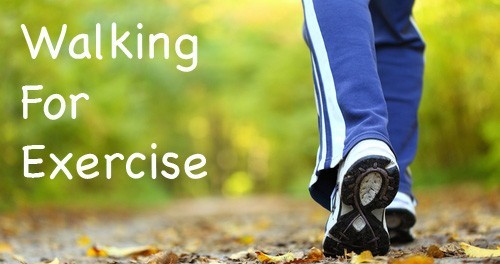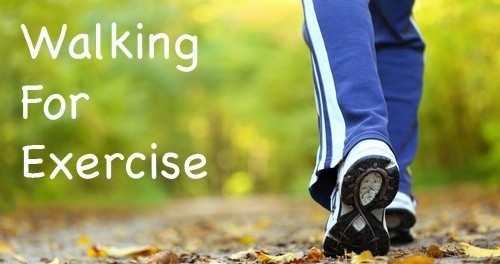Walk Talk Series
Day 25 – Aerobic Fitness Zone and Calcium
Take an Inventory
After your walk today, take an inventory. Feet – is it easier to walk now? Do you need new shoes? Legs – Toning up, feeling stronger, shins stopped complaining? Torso – are the abdominal and upper body exercises toning you up? Are you able to take in your belt a notch? Head – energized? Empowered?
Mood improved?
At 70-80% of your maximum heart rate, 50% of your calories burned in this zone are fats, 1% are proteins and 50% are carbohydrates. This intensity zone builds blood vessels, increases vital capacity, respiratory rate, pulmonary ventilation and arterial venous oxygen. The aerobic phase of your workout should be less than 50 min. to prevent build-up of lactic acid. Always warm up and cool down at an easy pace.
Today’s Walk
- 25-50 minute walk, getting up into the aerobic fitness zone
- Warm up 10 min. at an easy pace Increase your pace until you are at 70-80% of your maximum heart rate
- Sustain that for 5 minutes
- At this heart rate, you are breathing hard and can speak only in short sentences
- Finish your walk at a moderate pace with 5 minutes of cool down at a very easy pace.
Advanced walkers: Same
Exercise: Total Body Exercise
Basic Upper Body Workout (refer to lesson 21 for instructions and diagram) 
This basic upper body workout includes exercises for the chest, back, shoulders and arms. Beginners: Perform 1 sets of 12 to 16 repetitions using light/med weight Int/Adv: Perform 1-3 sets of 10-14 reps using enough weight that you can ONLY complete the desired number of reps Rest at least 48 hours between your exercise sessions to allow your muscles to recover Warm up for at least 5 to 10 minutes before starting your weight training workout See your doctor if you have any medical conditions and modify the exercises as needed to fit your fitness level.
Calcium
Calcium is not just for kids! We all know that babies and children need calcium for strong, healthy bones and teeth. But did you know that our need for calcium begins at birth, and continues throughout our entire lives? Unfortunately most Americans do not get the recommended amount of calcium from their daily diets.
The best way to achieve the proper daily amount of calcium is through your diet. All dairy products including milk (non-fat dry, low-fat, skim, or whole), yogurt, cheeses, and tofu. Other calcium-rich foods include seafood such as salmon, sardines (an excellent source with 370 mg of calcium in 3 ounces), and shrimp, as well as a number of plant sources.
Do you suffer from the symptoms of premenstrual syndrome (PMS)? Research has proven that you can reduce up to almost 50% of all symptoms (including mood swings, depression, and menstrual cramps) of PMS by simply consuming 1200 mg of calcium daily.
Calcium is an important nutrient for women and men of all ages for the prevention of osteoporosis in later life. However, older adults may need to take extra amounts of calcium because some older adults do not absorb calcium as well as younger people. Talk with your clinician if you have questions regarding the daily amount of calcium that you should be taking.
Calcium Recommendations
The recommended intake for calcium is 1000 mg for men and women under 50, 1500 for women who are post-menopausal and men over 65. Getting enough calcium (and walking) helps prevent osteoporosis and fractures.
When using calcium supplements it’s important to remember that magnesium (500 mg to 750 mg daily) is essential to help with the absorption of calcium so that you will achieve the maximum benefit of your calcium supplementation. You should also know that taking more than 500 mg of calcium at one time is not recommended because your body will not absorb over that amount at any one time; if you are taking calcium supplements over 500 mg daily, you need to spread it out during the day.
Calcium and Drug Interactions
Certain medications or dietary supplement may interact with calcium supplements. Inform your clinician so that precautions may be taken or doses changed. When taking calcium without a prescription. Always read the label, and carefully follow any precautions noted




